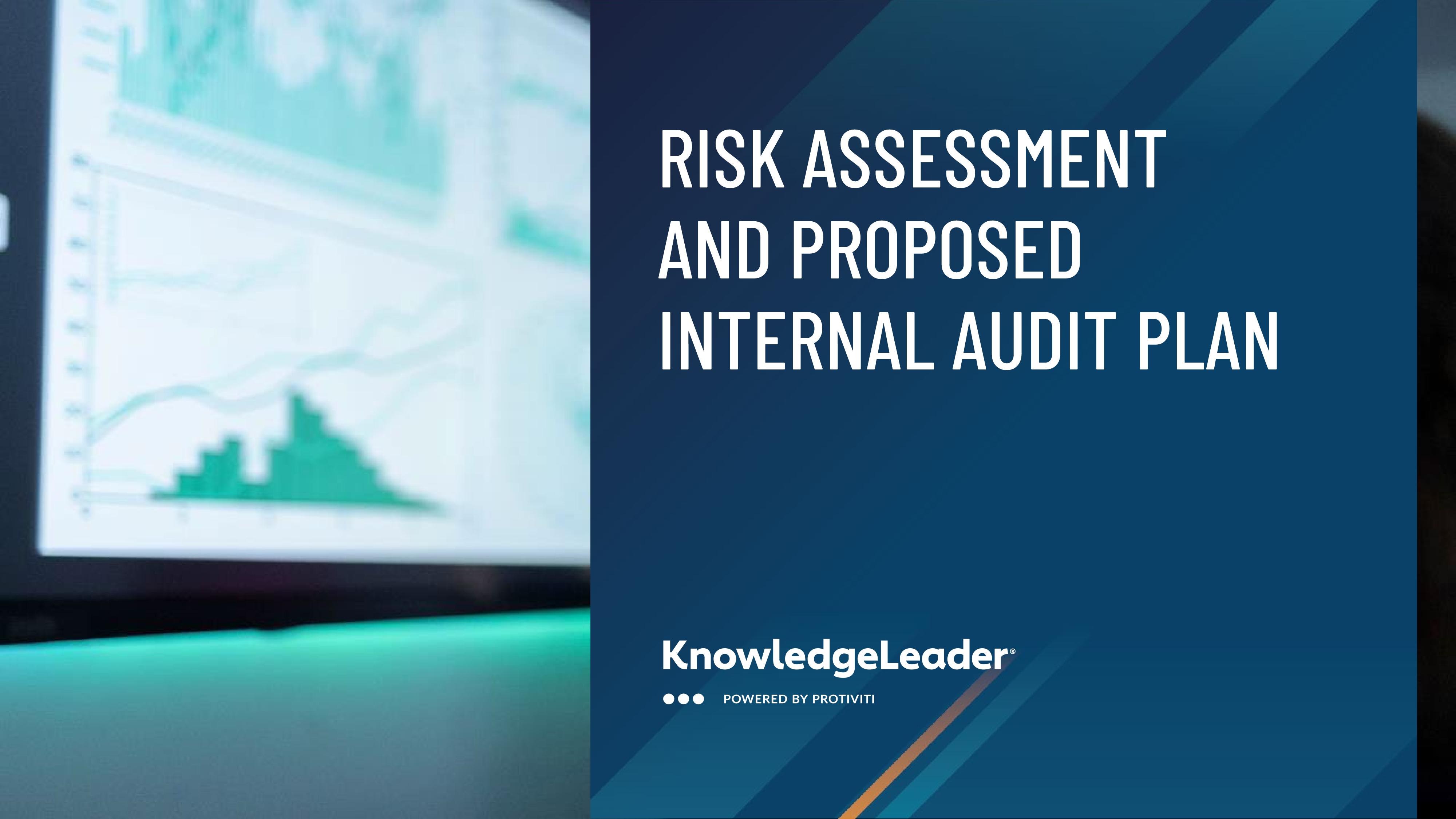Risk Assessment and Proposed Internal Audit Plan

Top Tips for Conducting a Risk Assessment
This audit report sample offers detailed methodologies and tools to enhance the efficiency and effectiveness of audit processes. It outlines specific procedures for assessing various aspects of a company's operations, including financial practices, compliance with regulations and internal control systems. By providing step-by-step instructions on how to conduct audits, the document helps auditors identify potential areas of risk and noncompliance. Additionally, it includes examples and templates that can be customized to fit the needs of different organizations, thus facilitating a more tailored audit approach.
The guidance also encompasses best practices for documenting findings and recommendations clearly and concisely, which is crucial for communicating with stakeholders and implementing corrective actions. Furthermore, this document addresses the use of modern auditing technologies that can automate routine tasks and analyze large datasets effectively. This integration of technology not only speeds up the audit process but also increases its accuracy and reliability. Overall, this document is an invaluable resource that auditors can use to conduct thorough evaluations, ensure accountability and promote transparency within the organizations they assess.
Testing procedures include:
- Meet the key members of senior and executive management.
- Review and validate risks/areas of concern.
- Assess the highest priority risks and processes for potential audits and projects.
- Prioritize projects based on the potential impact on business performance and the likelihood of control/process issues.